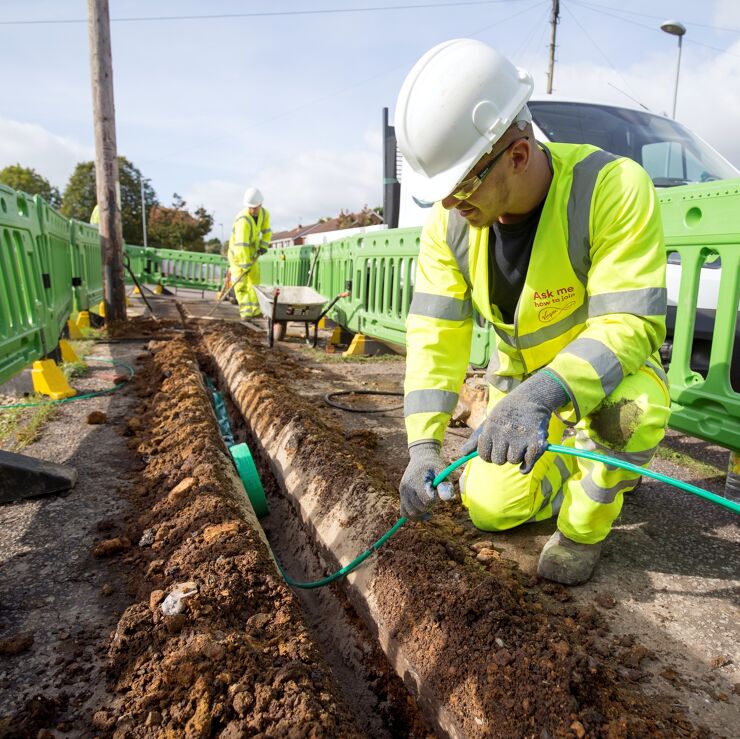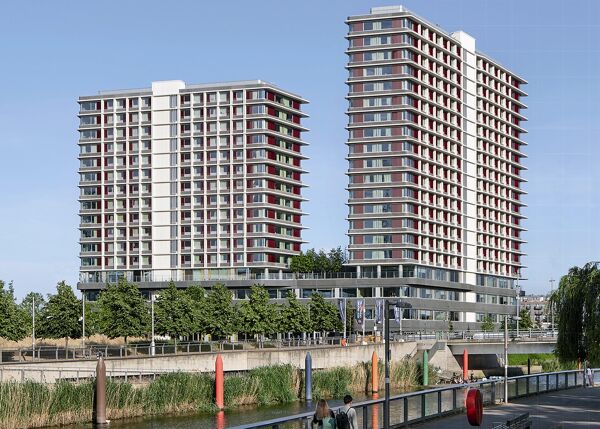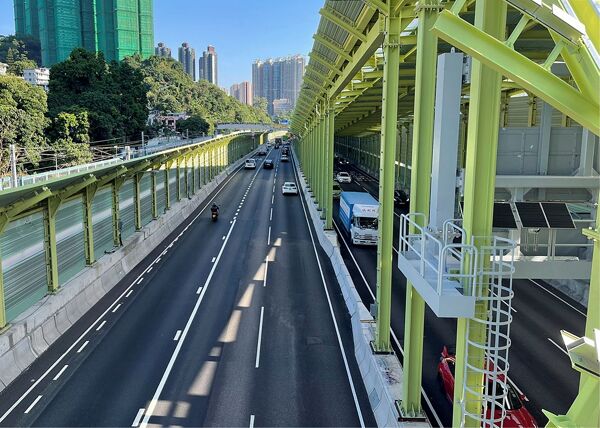
![]()
This case study is part of the Spotlight Campaign for Facilities Management. To read more on how NEC Contract suite has been utilised in the Facilities Management Spotlight, please click here.
Virgin Media, which provides cable-based telephone, television and internet services to 6 million customers in the UK, has chosen NEC4 contracts to deliver over £2.5 billion of cable installation and maintenance works between 2019 and 2027.
An initial tranche of 18 NEC4 Engineering and Construction Contract (ECC) Option A (priced contract with activity schedule) and Option B (priced contract with bill of quantities) contracts were let in summer 2019 for cable network infill projects, ranging in value from £150,000 to £12 million. The NEC-procured infill build programme will continue at a rate of around £200 million a year.
In addition, nine NEC4 Term Service Contract (TSC) Options A (priced contract with price list), C (target contract with price list) and E (cost reimbursement) were let in March 2020 for smaller regional cable installation and maintenance works worth a total of around £250 million a year. The five-year contracts started in April 2020 and can be extended by two years.
The contractors are Actavo, Avonline, Comex, Kelly, Kier, NMCN. Aecom is providing the NEC project manager and service manager roles and all contracts are supported with the Cemar contract management system.
Expanding Network
The NEC-procured works programme primarily involves extending, upgrading and maintaining the company’s 186,000km local cable distribution network, which currently passes 16 million UK and Ireland homes and businesses. Its gigabit-capable fibre-optic-cables run between 330 ethernet nodes and 38,000 cabinets in shallow trenches, typically 80mm wide by 550mm deep in roads and 350mm deep in footpaths.
In addition to expanding the network to reach more homes, other works being delivered through the programme include installing new and upgraded cabinets, replacing batteries, fixing faulty connections, undertaking emergency restorations and diverting services.
Most of the contracts are considered low risk, hence the predominant use of NEC priced options A and B for the TSC and ECC contracts respectively.
Driving integration
Commercial director Chris Matthews says, ‘We chose NEC contracts to replace the heavily amended ICE contracts we used to use. NEC is helping us to drive greater integration, trust and sharing of risk, which in turn is delivering better value for our customers, shareholders and supply chain.’
He says some contractors already had NEC experience through working with water, gas and other utility companies. ‘We nevertheless organised an extensive NEC training programme for staff and suppliers together with our commercial consultant Arcadis, legal adviser Ashurst and contract management system provider Cemar’.
Matthews, formerly director at EY and programme director for Highways England’s NEC-based Routes to Market programme, says it was still a steep learning curve for some contractors. ‘The key was getting them to adopt the NEC culture of integration and collaboration, understanding that it is not about us beating up the supply chain or them trying claim whatever they can.’
Improving productivity
He says the ECC infill contracts are working very well, promoting much better collaboration and integration between the commercial team and the supply chain.
‘The introduction of early contractor involvement through ECC option X22 has significantly helped with planning and pricing of individual contracts. Cost-overruns have been cut from previous levels of around 10% to 2.5%, resulting in much lower contingencies, and contractors are making better margins.’
He adds that better planning and NEC’s transparency, incentive mechanisms, early warnings, compensation events and fair-payment processes have significantly improved productivity, helping to achieve an overall 30% reduction in infill build costs.
‘The integration of planning, expansion and maintenance over larger geographic areas in the regional TSC contracts also means these are expected to deliver more continuous workflows for contractors, enabling greater optimisation of resources and significant improvements in productivity.’
Benefits of using NEC
- NEC helping to drive greater integration, trust and sharing of risk, which in turn is delivering better value for the client’s customers, shareholders and supply chain.
- NEC’s transparency, incentive mechanisms, early warnings, compensation events and fair-payment processes have significantly improved productivity, helping to achieve an overall 30% reduction in infill build costs.
- Early contractor involvement through ECC option X22 has significantly helped with planning and pricing of individual contracts. Cost-overruns have been cut from previous levels of around 10% to 2.5%, resulting in much lower contingencies, and contractors are making better margins.



